Over 11,000 Flights Cut from New York and Washington Schedules for Summer 2023
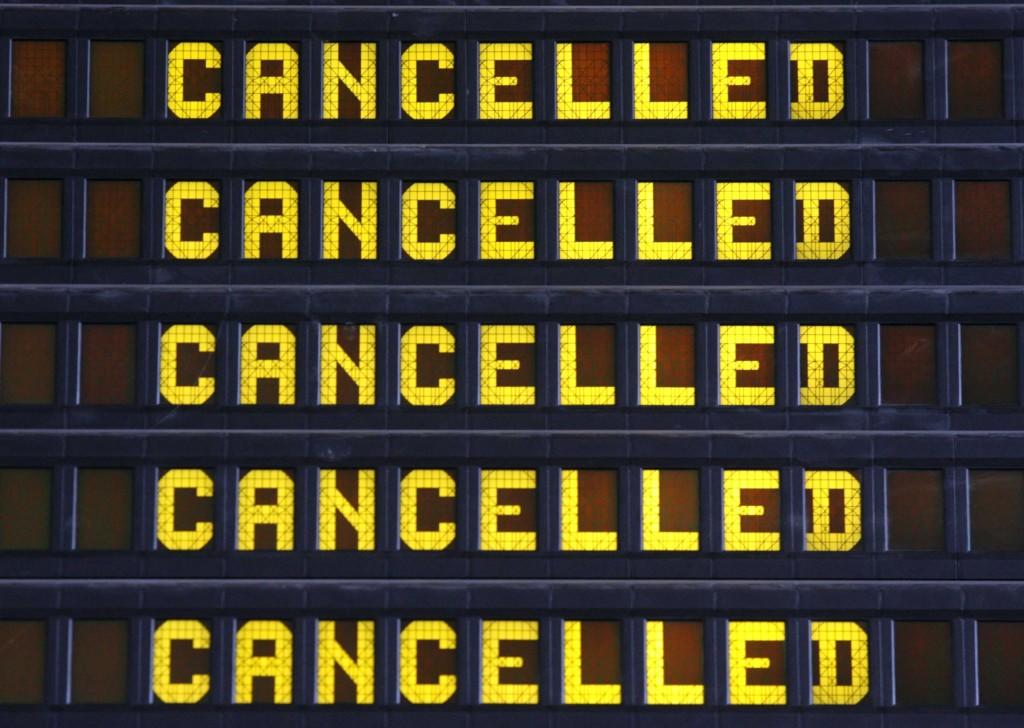
TheStreet reports American Airlines and United Airlines made the most cuts between May 1 and September 30, 2023, followed by JetBlue and Delta Air Lines.
Cuts Temporarily Authorized by FAA as Air Traffic Control Staffing Increases
Pausing flights was authorized earlier this year by the Federal Aviation Administration, citing several stressors to what is usually a busy travel season. In March 2023, the agency noted that there were still “air traffic controller training backlog at many FAA air traffic facilities,” while stating that “staffing levels at the New York Terminal Radar Approach Control (N90) continue to be below targets.”
With more air travel demand and staffing shortages at safety facilities, the FAA is allowing airlines to be flexible with their slots at impacted airports in New York and Washington. In order to ensure flights take off on time and to reduce the impact of natural weather events on air operations – such as what happened to Southwest in Winter 2023 – The FAA is encouraging airlines to use bigger aircraft with fewer take-offs and landings.
As a result, airlines have taken the opportunity to reduce a great number of flights out of the impacted airports. Along with the previously announced schedule cuts, American will make the most cuts, dropping nearly 4,800 flights arriving or departing from John F. Kennedy International Airport (JFK), LaGuardia International Airport (LGA), Newark Liberty International Airport (EWR), and Washington Reagan. United will drop around 4,300 flights from their New York and Washington operations.
JetBlue, the only one of the four airlines headquartered in New York, will drop over 3,500 flights from their summer schedule. Delta will drop the fewest number of operations, only cutting 1,983 flights. Southwest Airlines also has the option to reduce flights but has so far not announced any schedule changes.
FAA Shifts ATC Responsibilities to Help Staffing Issues
As the FAA works through training backlogs and assignments, they are working on contingency plans to ensure safe flights along the impacted routes. One of them includes reassigning around 100 square miles of air traffic control at Newark from New York Terminal Radar Approach Control to Philadelphia Terminal Radar Approach Control.
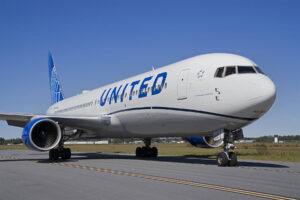

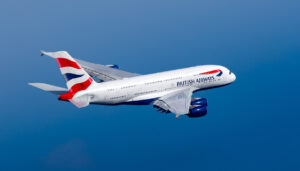
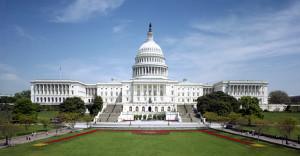







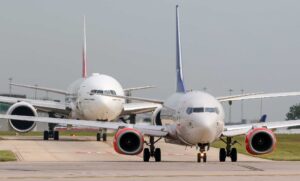
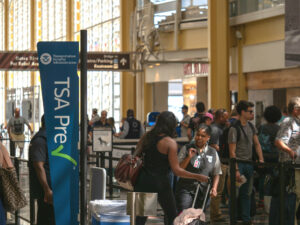



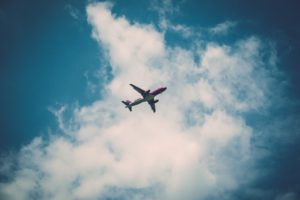

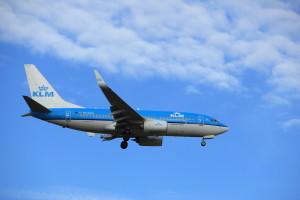

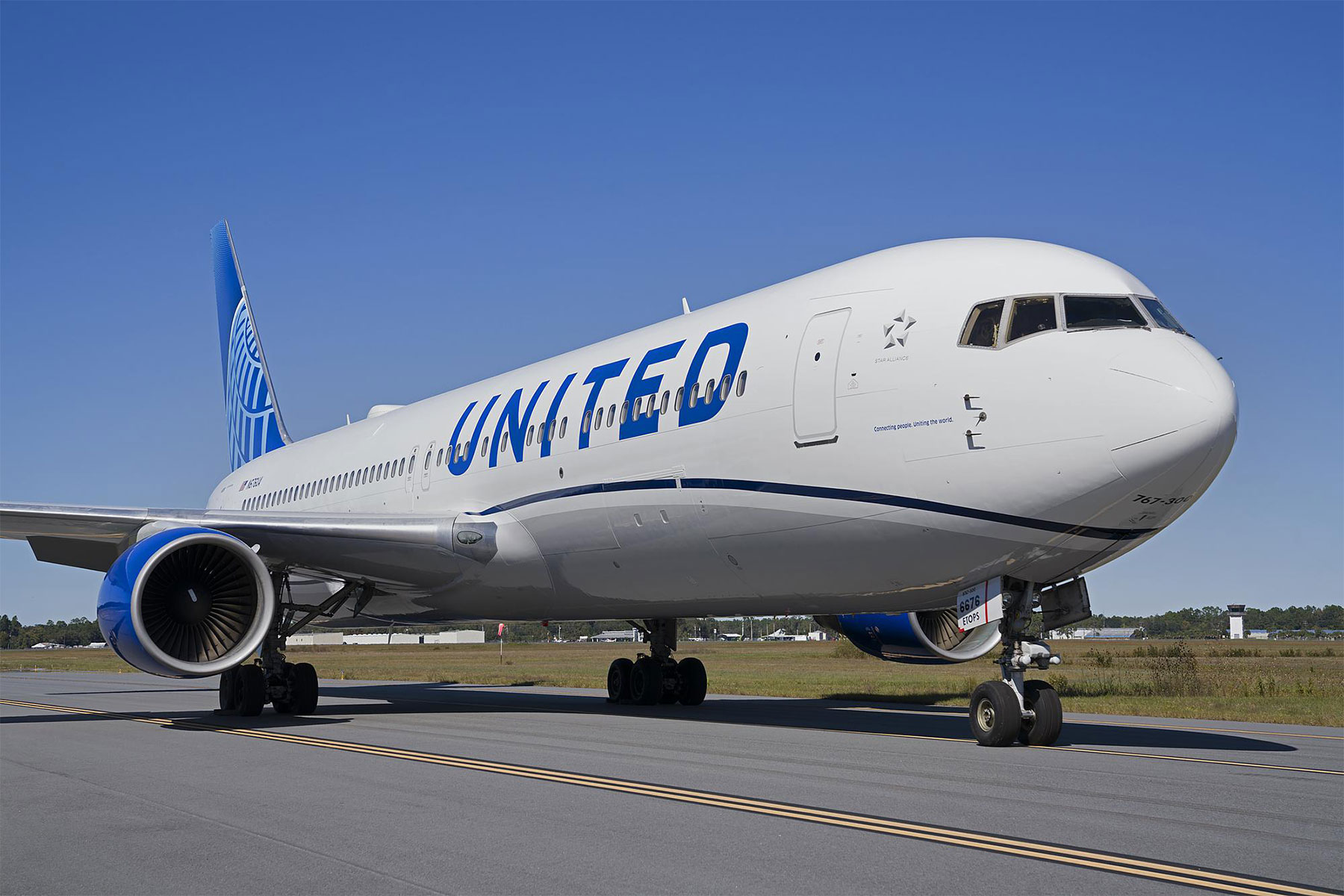
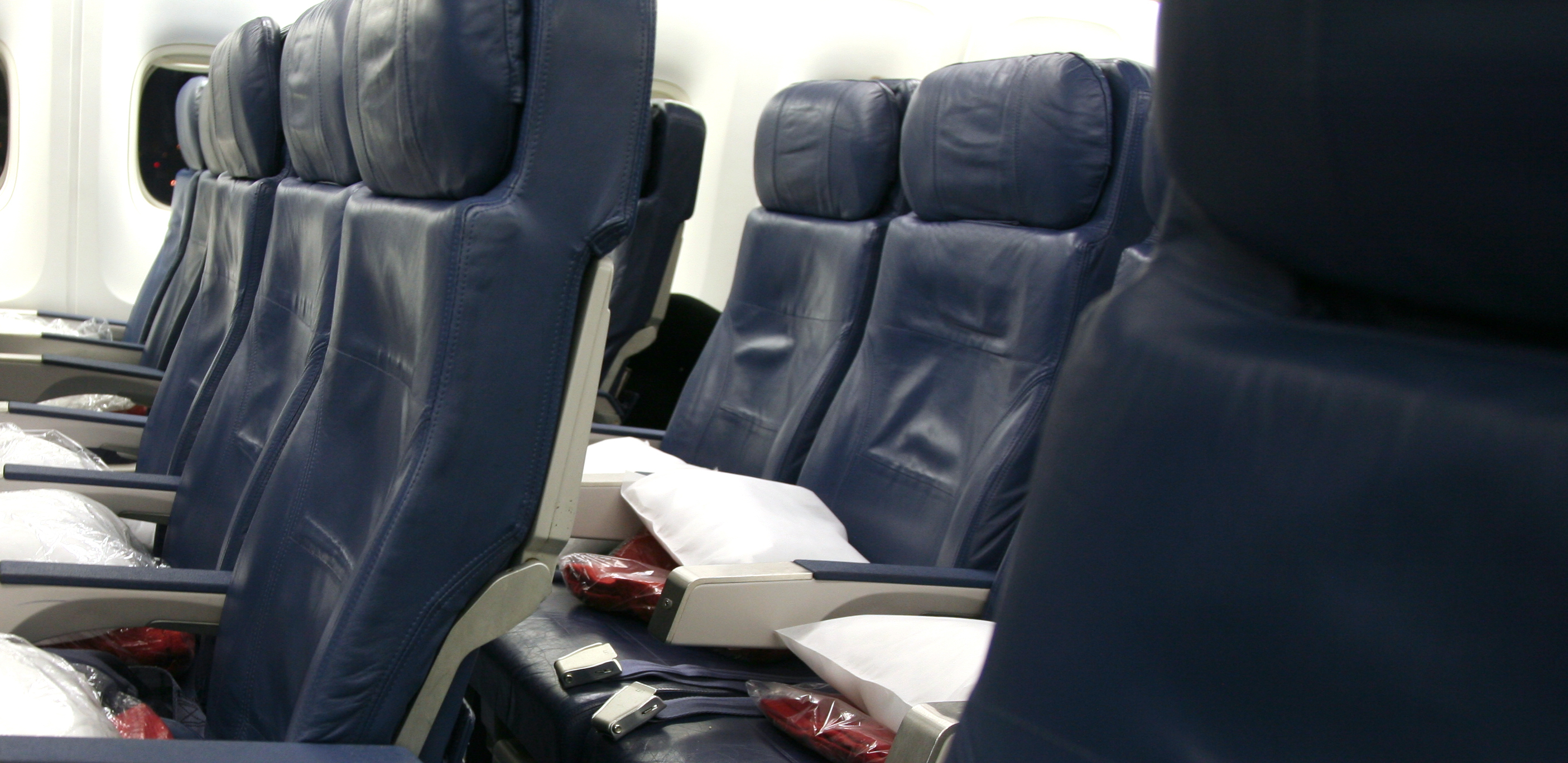

It's all about the money--who is this change helping and who is it hurting? I think the obvious hurting is the flyer, so who is it helping?
Airlines are private businesses. Of course they will execute the plans to keep there business healthy and shareholders happy. If flyers aren't happy they will find a way to vote with there wallets and airlines will have to respond.
Super cynical response, rstruthe. Silence is complicity. Want to be ruled by Wall Street? Invest in the stock market. Want to see change, invest in humanity.
Yeah ok. I'd rather be "ruled by Wall Street" where everyone is openly working in their own best interest, vs being ruled by those claiming to be motivated by altruistruism.
That sounds fantastic, but practically speaking, we're missing a lot of information. I wish this article would say what percentage of flights are actually being dropped instead of the raw numbers, because otherwise there's no way to evaluate the true impact.
Either way, the problem here is that there is a backlog of FAA training. Otherwise, the number of flights to New York would not be impacted because airlines are incentivized to maximize profits. You don't want them running more flights than necessary; that's not environmentally responsible anyway. You want capacity to flex due to demand for flights, not an artificial constraint by the FAA.